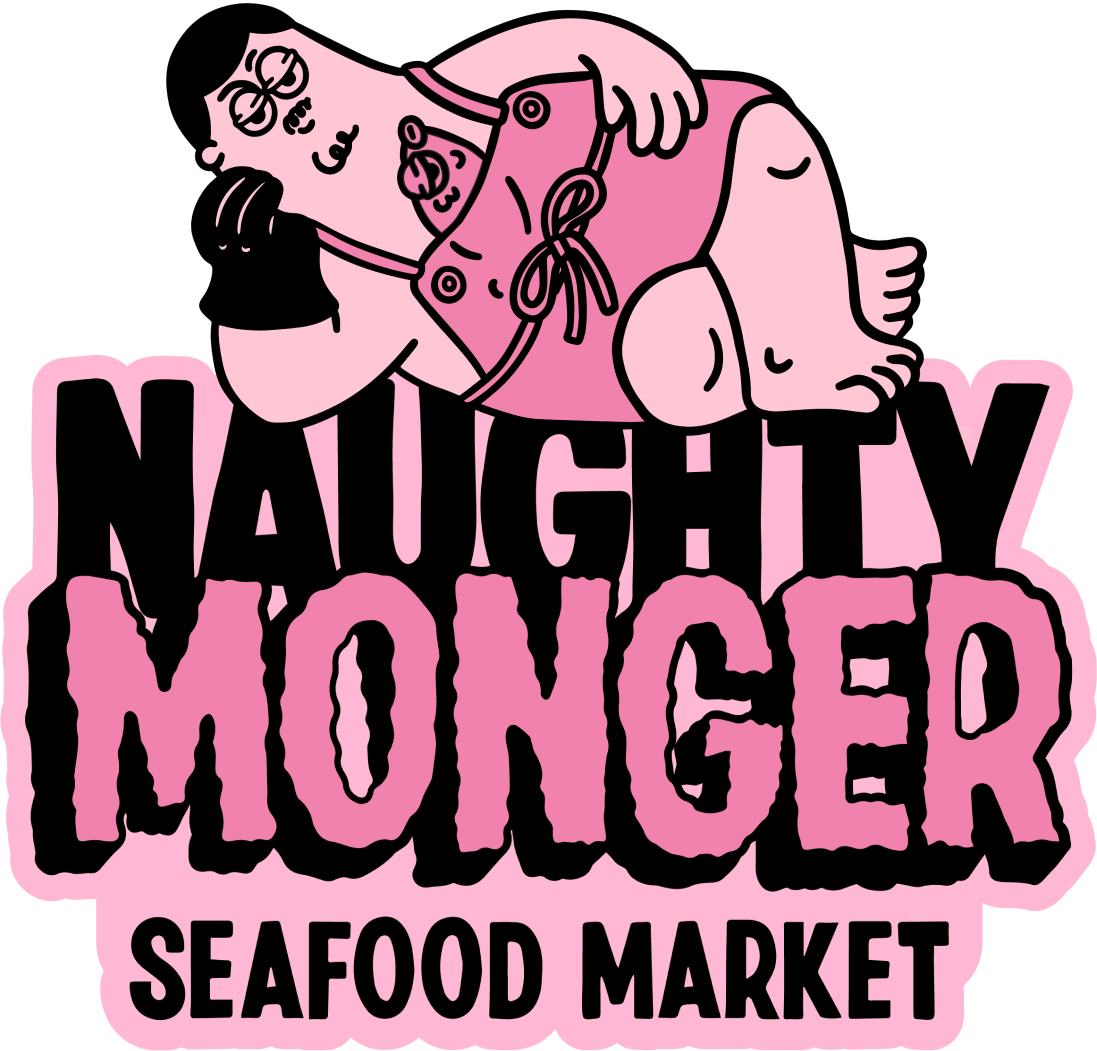When it comes to salmon, everyone's got a fish to fry – or, should we say, a fish to choose. In the vast ocean of seafood options, the debate between farmed and wild-caught salmon swims at the forefront, causing quite the splash among seafood aficionados and environmental enthusiasts alike. Let's dive into the nitty-gritty, shall we?
The Wild Side of Salmon
Wild-caught salmon, is often touted for its rugged, free-roaming lifestyle. Caught in their natural habitats – think pristine Alaskan waters or the chilly currents of the North Atlantic – these fish are the epitome of "wild and free." But what really makes them the catch of the day?
Pros of Going Wild
- Flavor Full of Flair: Wild salmon typically sports a more robust and varied flavor profile, thanks to its natural diet. It's like savoring a fine wine that's been aged to perfection; the complexity is unparalleled.
- Lean, Mean Swimming Machines: With more room to roam, wild salmon are often leaner, with a texture that's as satisfying as snapping into a fresh carrot (if that carrot were a fish).
- Eco-Sexy: Wild salmon are integral to their ecosystems, and choosing them can be seen as a nod to natural living and sustainability – as long as they're caught responsibly.
The Cons of the Wild
- Playing Hard to Get: Wild salmon can be more expensive and less available, making it the elusive bachelor(ette) of the seafood market.
- Quality Roulette: The quality and safety of wild salmon can vary depending on where and how they're caught. It's a bit like online dating; you never know what you're going to get.
The Farmed and Fabulous
Enter farmed salmon, the Kardashians of the sea: always available and somewhat controversial. Farmed salmon are raised in aquatic farms (aquaculture) where they can be monitored and managed from egg to harvest. But is all that glitters gold?
The Perks of Being Farmed
- Consistent Supply: Farmed salmon offers a steady, year-round availability, making it the reliable best friend who's always there for you.
- Priced to Please: Generally more affordable than its wild counterpart, farmed salmon brings a touch of luxury to your plate without breaking the bank.
- Controlled Environment: Farmers can control diet and health treatments, aiming for a consistent size and quality. It's like having a personal trainer and nutritionist in one.
The Flip Side of Farming
- Environmental Eyebrows: Aquaculture can raise concerns about pollution, disease, and the use of antibiotics and pesticides. It's a bit like having a fabulous party but not cleaning up afterward.
- Fatty Patty: Farmed salmon tend to have a higher fat content, which can be a pro or con, depending on whether you're after omega-3s or watching your waistline.
- Diet Dilemmas: The diet of farmed salmon often includes feed pellets, which can affect the nutritional value and flavor profile. Think of it as eating out at a fast-food chain versus a farm-to-table restaurant.
The Verdict: To Each Their Own
So, should you go wild or stay farmed? Like choosing between a spicy margarita and a classic martini, it comes down to personal preference, priorities, and purse strings. Whether you're after the rugged charm of the wild or the dependable allure of the farmed, both choices can lead to a deliciously naughty night in with your favorite seafood dish.
Remember, the sexiest choice is an informed one. Look for sustainability certifications, ask your fishmonger the hard questions (they love it, trust us), and always, always savor the flavors that make your heart swim with joy.
Dive into our cheeky selection of both wild and farmed salmon, and let your taste buds decide. After all, in the sea of seafood, there's plenty of fish – and we're here to make sure you have a fin-tastic time choosing yours.
